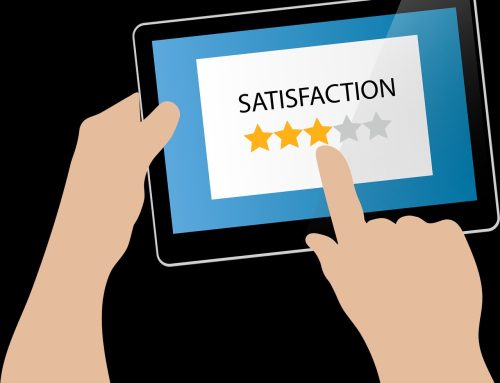By now as physicians, many have entered the arena of Telehealth and amassed a great deal of data. The question is whether we are analyzing it to our advantage and seeing what benefits that Telehealth has to offer?

As with portals and content marketing, we as health professionals are all about patient education now to improve their knowledge for compliance and selection of appropriate options.
Today we highlight a guest post by David Thompson, CEO and chief medical officer, Health Navigator who explains how we can utilize Telehealth data to better patient education and improve staff training.
In a time when consumers are getting much of their information on-demand, they are also starting to expect more convenience from healthcare. For example, most patients report the desire to contact their doctor through email or virtual visits. In short, telemedicine provides the convenient, time-saving access to health care that consumers want.
Telehealth also offers significant benefits to healthcare professionals. Consider the following ways telehealth technology can give your organization a boost:
- Expand Access To Care
With a very real shortage of health care professionals, hospitals, health systems, nurse advice lines, and medical call centers can use telehealth solutions to:- Connect with patients outside the care delivery system.
- Reach patients in rural locations.
- Provide nurse-led telephone triage and education.
- Deliver physician-led telemedicine care.
Access to care can also impact patient satisfaction and retention.
- Improve Clinical Workflows
Advanced telehealth technologies can also drive improvements in clinical workflow. For example, telehealth platforms can help your staff capture each patient’s reason for the call or visit quickly, prioritize care delivery, suggest the best treatment guidelines, and identify additional information resources.
e-Health technologies can use natural language processing that takes free-text consumer input and translates it into medical terminology. This process codes the patient text for chief complaint, acuity, SNOMED and ICD10 codes, and more. The structured data can then be used by a telehealth platform to automatically place patient cases in rank order, based on the severity of the individual’s chief complaints. This, in turn, provides the fastest, most efficient encounter for each patient.
![]()
Source: Health Navigator
- Support Communication Along The Care Continuum
Responding to the need for better communication, successful care will ultimately be measured by how well health systems and providers:- Capture patient information as data rather than as narrative;
- store patient information in an organized manner;
- use patient information to improve medical decision-making;
- transmit this data to subsequent providers along the patient’s continuum of care; and
- leverage such data to improve medical care, speed up care delivery, and reduce costs.
Technology Solutions For Changing Needs
Telehealth technology won’t solve all health care issues, but it can be an effective tool that health care organizations should consider for their changing patient and business needs. As a matter of fact, telehealth is increasingly being promoted by employer-sponsored benefit plans and major health plans as a covered clinical service. Telehealth technology has the added benefit of helping providers do more with limited resources, provide consistent diagnostic experiences, and improve quality of care while reducing costs.
As health care continues to evolve and as consumers become increasingly engaged in their day-to-day health and the care they receive, telehealth will continue to be an answer to patient and provider needs. Innovations in care delivery, health care consumerism, changing regulatory standards, and technological capabilities will fuel further growth. Be sure to keep up with the latest trends and ask yourself: Would using telehealth technology help deliver a better experience for your customers and patients, while improving outcomes and financial performance?
About The Author
David Thompson, MD, CHC, FACEP is CEO and chief medical officer at Health Navigator who also serves as chief medical information officer for ECI Healthcare Partners, and works as an author and partner with Self Care Decision, LLC. He can be reached at david.thompson@healthnavigator.com.
If you are interested in Telehealth evaluation, take a look at Healthnavigator.com. I think you will find it quite helpful.



